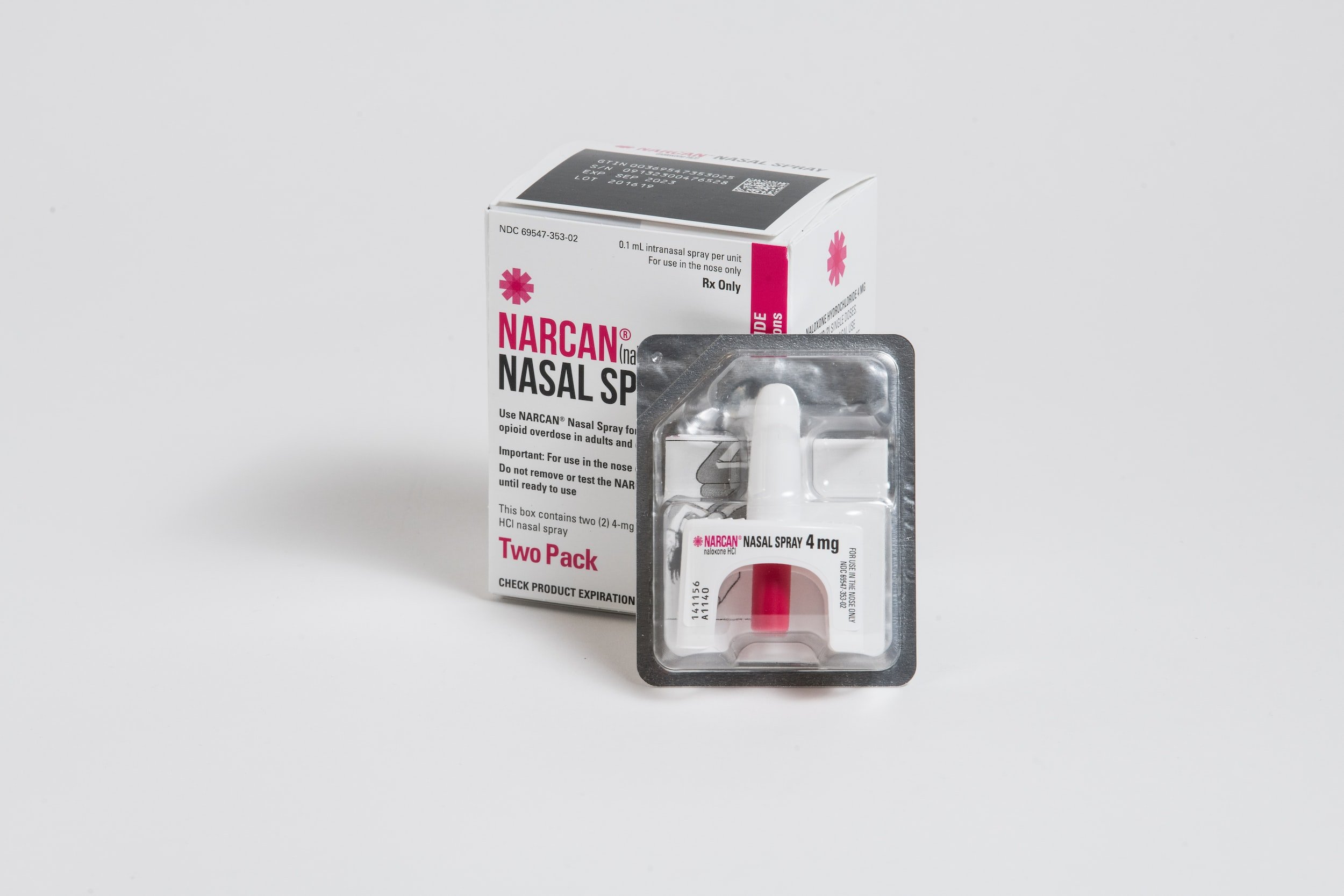Since 1970, advocates for the Emergency Medicine specialty.
Additional issues
REPRODUCTIVE HEALTH
The 2022 Supreme Court decision that overturned Roe v. Wade and protected the right to an abortion created a cascade of legal and health-related implications for emergency physicians and care teams.
The Emergency Medical Treatment and Labor Act (EMTALA) is an essential law in place since 1987 that includes three main requirements for all patients entering an ED: screening, stabilization, and transfer. VACEP believes emergency physicians must be able to practice high quality, objective, evidence-based medicine without legislative, regulatory, or judicial interference in the physician-patient relationship.
We oppose any legislation that may intersect with EMTALA and will advocate against any bill that punishes doctors or other healthcare providers for providing necessary reproductive care.
MEDICAID
In 2021, family doctors received an increase in their Medicaid rates to get them up to 80% of Medicare in an effort to increase the number of patients they take. Similarly, dentists received a 30% increase in their Medicaid rates last year for the same reason. No other specialties were increased at that time. Emergency physicians have the lowest Medicaid reimbursement of all specialties, hovering around 66% of Medicaid.
NALOXONE
In 2022, VACEP worked with the Virginia Hospital and Healthcare Association and Carilion Clinic to get $250,000 in federal COVID relief funds to create a pilot project for the distribution of naloxone from the emergency department to patients who have overdosed. A Fall 2021 study outlined barriers and challenges to mandating such a program, so the goal now is to come up with solutions to those barriers. This includes pharmacy rules around physician dispensing, how to store naloxone kits in the ED, and how to pay for distributed naloxone. As of Fall 2022, the pilot is getting started.
MEDMAL
Medical Malpractice Caps dictate the maximum amount that a patient, family, and their attorney can recover in a medical malpractice lawsuit. Caps make medical malpractice insurance affordable and ensure access to quality patient care.
ome bills in Virginia call for eliminating Virginia’s medical malpractice cap. VACEP traditionally opposes such legislation.
Virginia’s medical malpractice cap of $2.45 million was the result of a 20-year compromise between the trial lawyers, physicians, and hospitals that passed in 2012. The cap increases yearly by $50,000 and stands today at $2.5 million. This model was crafted to create consistency for all stakeholders, particularly with medical malpractice insurance. Abandoning caps can force exponential financial hardship on Virginia’s healthcare system and negatively impact patients.


